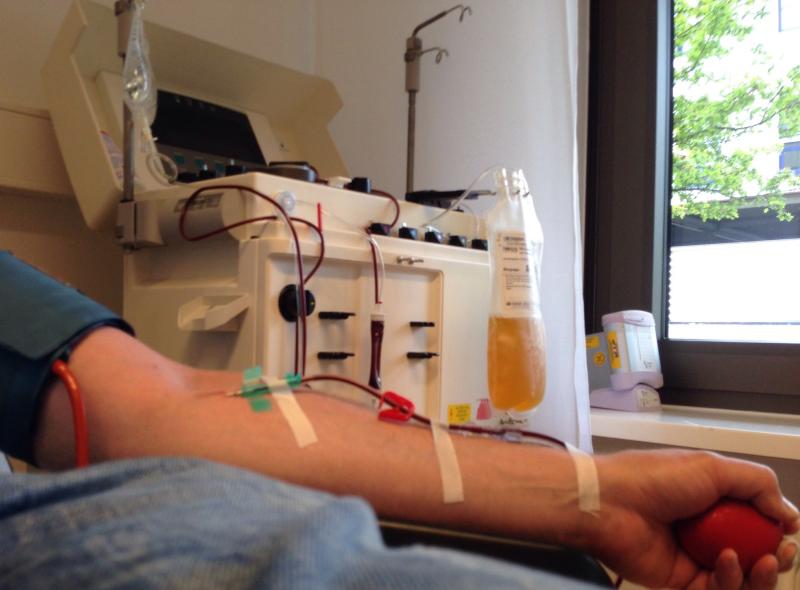
Arrhythmias, including clinically significant abnormal rhythms, occur commonly in patients undergoing maintenance dialysis, a study has found. Furthermore, tachyarrhythmias are more frequent during dialysis and the immediate postdialytic period.
The cross-sectional study included 152 kidney failure patients receiving maintenance dialysis: 83.6 percent in-centre, 10.5 percent home haemodialysis and 5.9 percent peritoneal dialysis. Researchers determined the prevalence and pattern of arrhythmias using 48-hour Holter monitoring, and defined cardiac output and preload using echocardiography.
Nearly all patients presented with premature atrial and ventricular complexes, and 41 percent had paroxysmal supraventricular tachycardia. Clinically significant arrhythmias included persistent atrial fibrillation seen in 8.6 percent of patients, paroxysmal atrial fibrillation in 3.9 percent, nonsustained ventricular tachycardia in 19.7 percent, bradycardia in 4.6 percent, advanced second-degree atrioventricular block in 1.3 percent and third-degree atrioventricular block in 2.6 percent.
Premature ventricular complexes were more common on dialysis days, while tachyarrhythmias were more often observed during dialysis and in the immediate postdialytic period.
Logistic regression analysis revealed that clinically significant arrhythmias were associated with older age (odds ratio [OR] per 10 years older, 1.53, 95 percent CI, 1.15–2.03; p=0.003), elevated preload (OR, 4.02, 1.05–15.35; p=0.04), and lower cardiac output (OR per 1 L/min increase, 0.66; 95% CI, 0.44-1.00; P = 0.05).
The study was limited by reduced duration of arrhythmia monitoring, a small sample size, the heterogeneous nature of the population and risk for residual confounding.